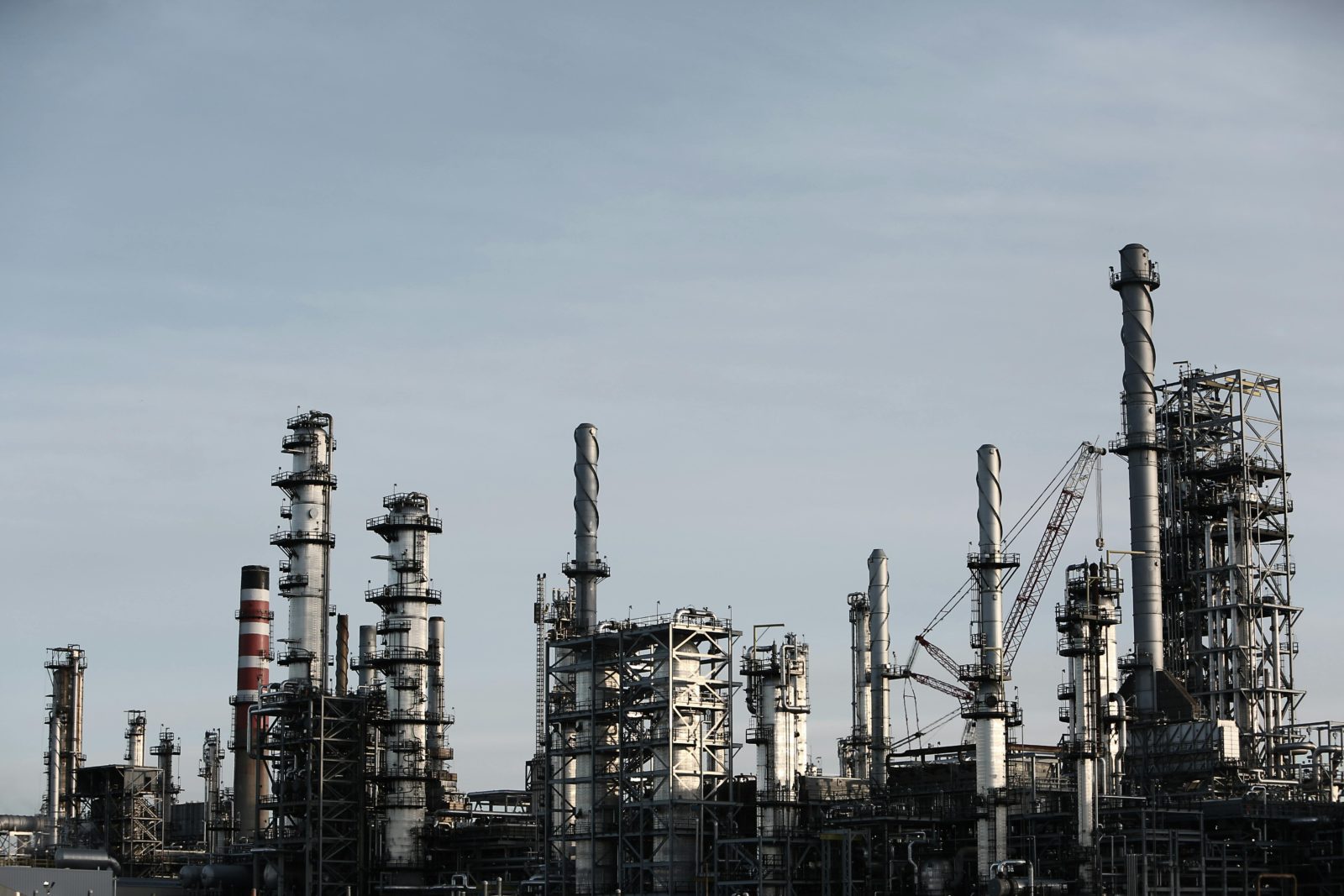In a surprising turn of events, European gas prices have surged to their highest level this year, breaking the 40 euro per megawatt-hour barrier. Despite low demand and full storage facilities, the market is feeling the heat from geopolitical tensions and unexpected production hiccups in Norway.
At the Dutch Title Transfer Facility (TTF), Europe’s virtual trading hub, gas futures for next month’s delivery peaked at 43 euros (approximately $45) per megawatt-hour on Friday afternoon. This marks a 2% increase from the previous day and the highest price point since last December.
The price hike comes as a paradox, given that EU gas storage facilities are nearly at capacity. However, market jitters have been triggered by production outages in Norway, Europe’s largest natural gas supplier. Earlier this week, energy giant Equinor had to halt operations at one of its North Sea platforms due to smoke detection, although the company assured that overall supply would not be affected.
Adding fuel to the fire are the ongoing geopolitical risks, particularly the conflict in the Middle East, which continue to cast a long shadow over energy markets.
As winter approaches, meteorologists are predicting a colder season than last year, with the La Niña phenomenon expected to bring chillier temperatures to Europe. This forecast has raised concerns about increased demand for heating fuels, potentially putting further pressure on gas prices.
While the current situation presents challenges, it also underscores Europe’s ongoing efforts to diversify its energy sources and improve energy efficiency in the face of global uncertainties.





